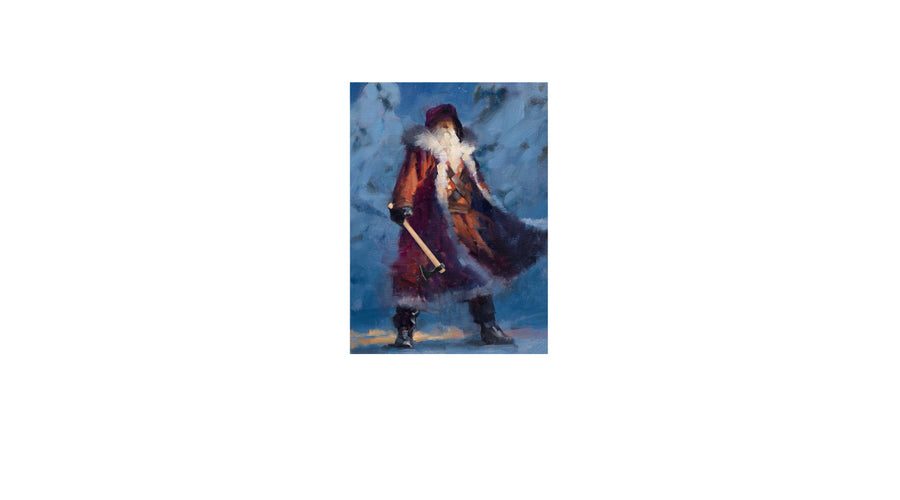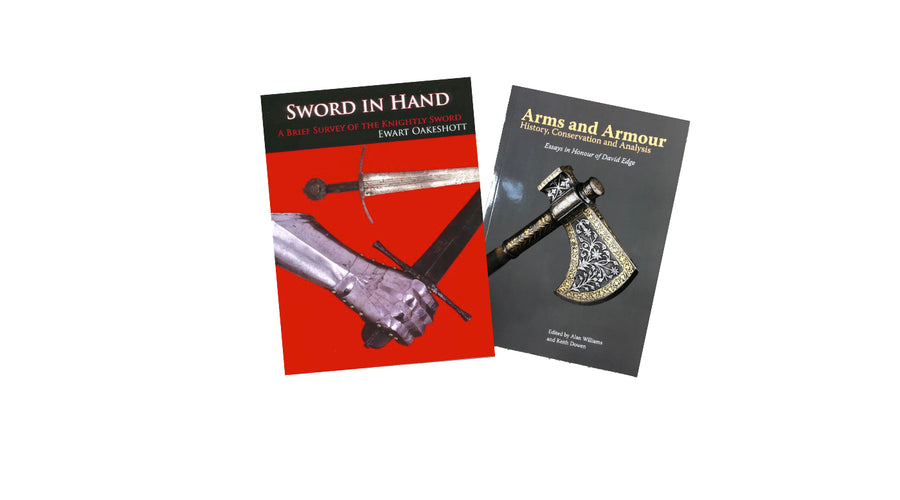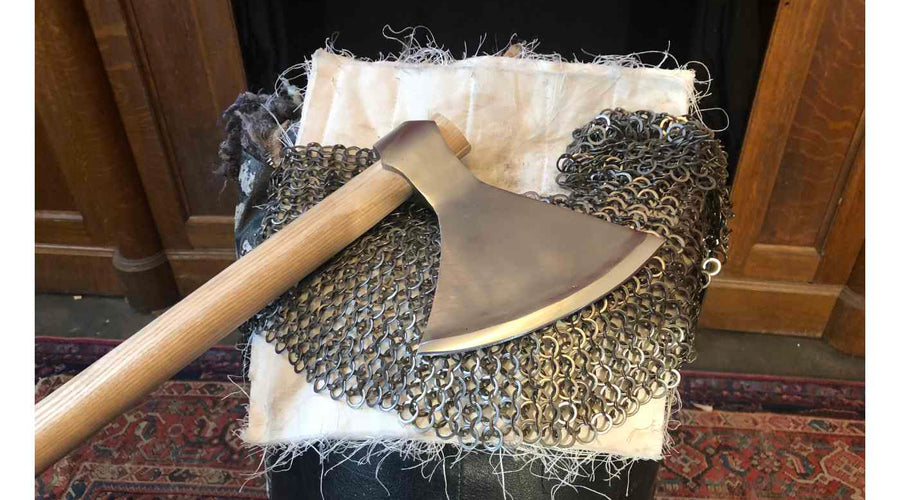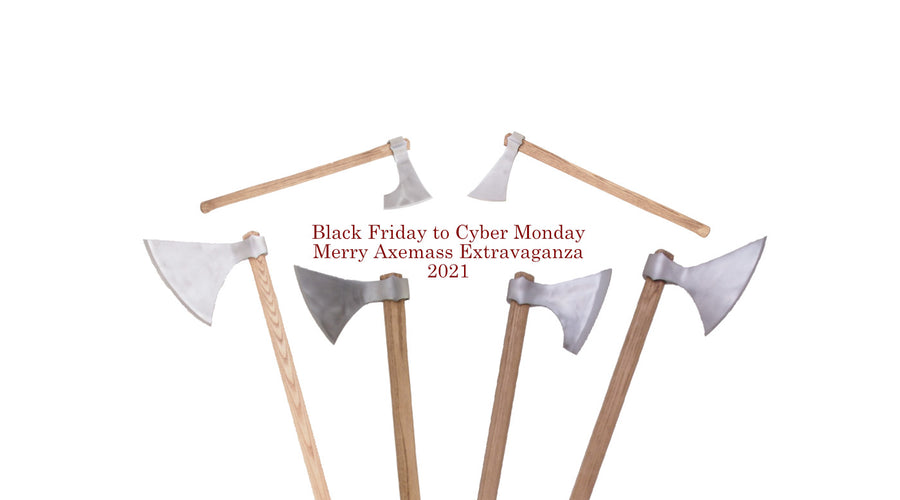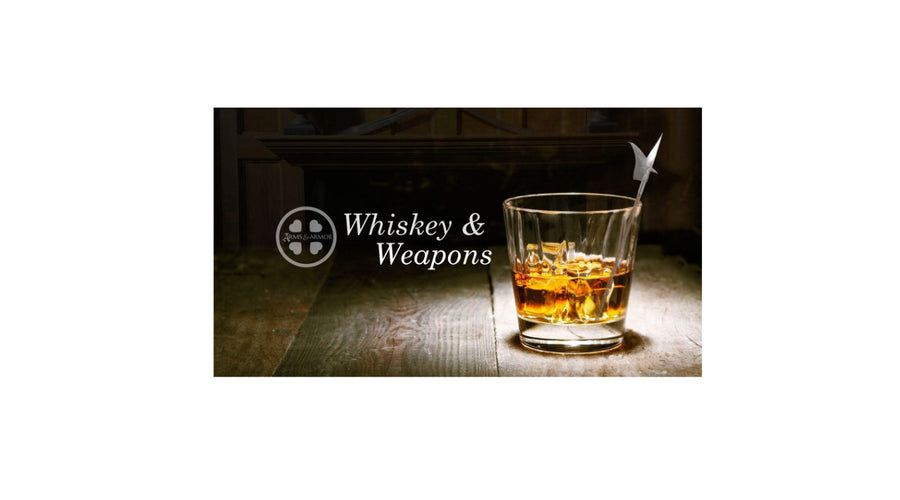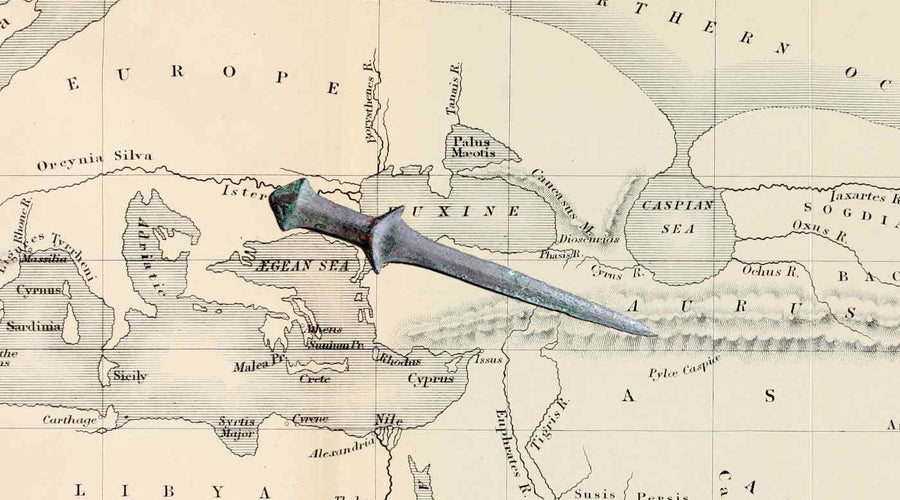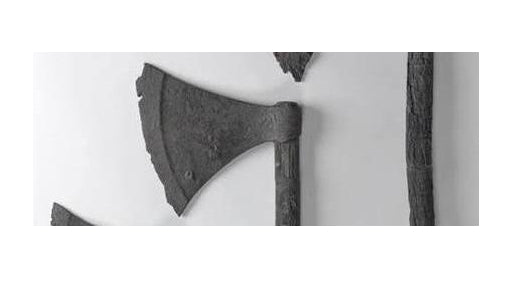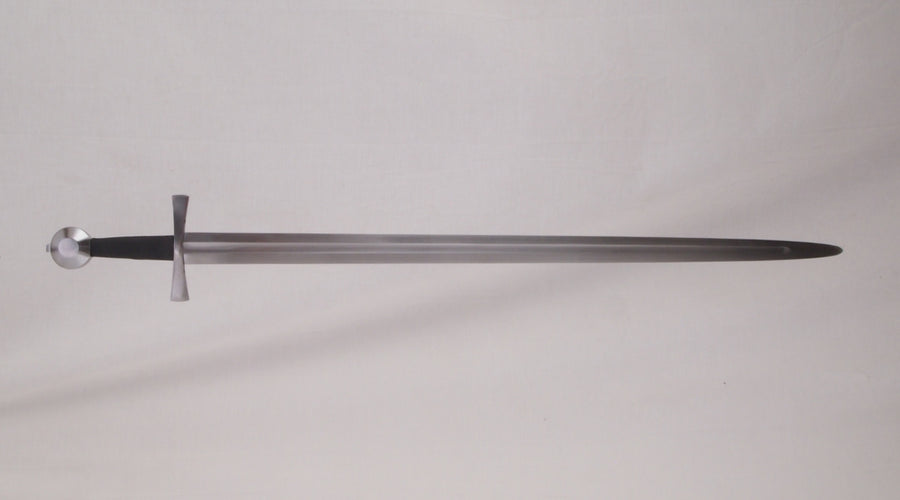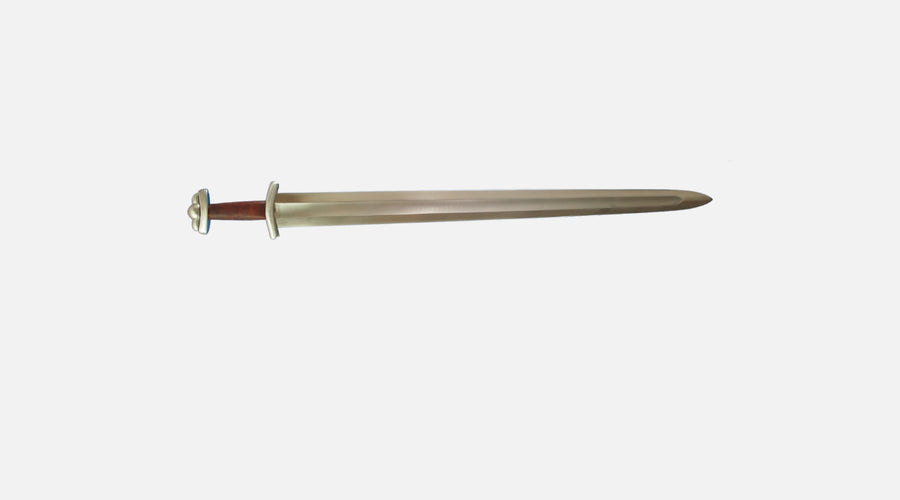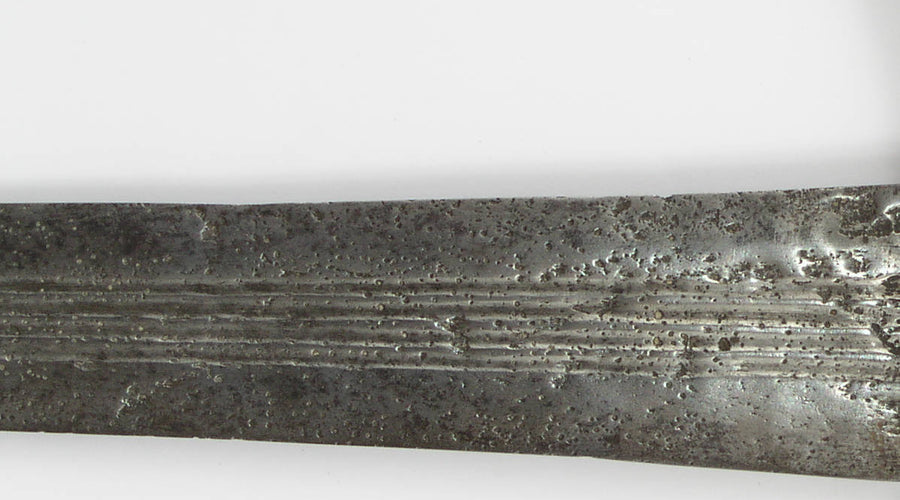Viking
Nordland Christmas
It has been a very busy couple of weeks at the Arms & Armor shop. We have been forging and grinding our little el...
Dane Battle Axe vs. Historical Armor
Today we take a look at how Dane axes interact with cloth and maille armors. These axes were a popular weapon during...
Black Friday to Cyber Monday Merry Axemass Extravaganza 2021
Merry Axemass to all! We have some exciting deals and special items to share on this Black Friday thru Cyber Monday S...
Special Dane Axes for Black Friday Sales
Today we preview a couple of new Dane Axes that will be available during our upcoming Black Friday/Cyber Monday sales...
Whiskey and Weapons, Axes & Seaxs
Nathan and Craig invite you to join them for a sip and chat about Axes and Seaxs in today's Whiskey and Weapons. If ...
The First Sword
We are often asked "What was the first sword?" when we are feeling snarky we will talk about the first sword we pers...
Viking axe Vs Bronze and Medieval Axes
In today's offering Dr. Nathan Clough describes some changes in European axes between the Bronze Age and Medieval per...
Custom I.33 Trainer
One of the most interesting aspects of our work is designing training swords that really feel and move like historica...
Norseman Spear vs maille armor
In today's blog we highlight our Norseman Spear and demonstrate its thrusting ability against riveted maille armor. W...
Anglo-Saxon Sword Spotlight
Our Anglo-Saxon Sword is a great example of the type of weapon wielded by the warriors of the late 10th and early 11...
Medieval Sword Edges, how sharp?
When we look at the functionality of a sword, the edge and point are the only reason the rest of the piece exists. As...

